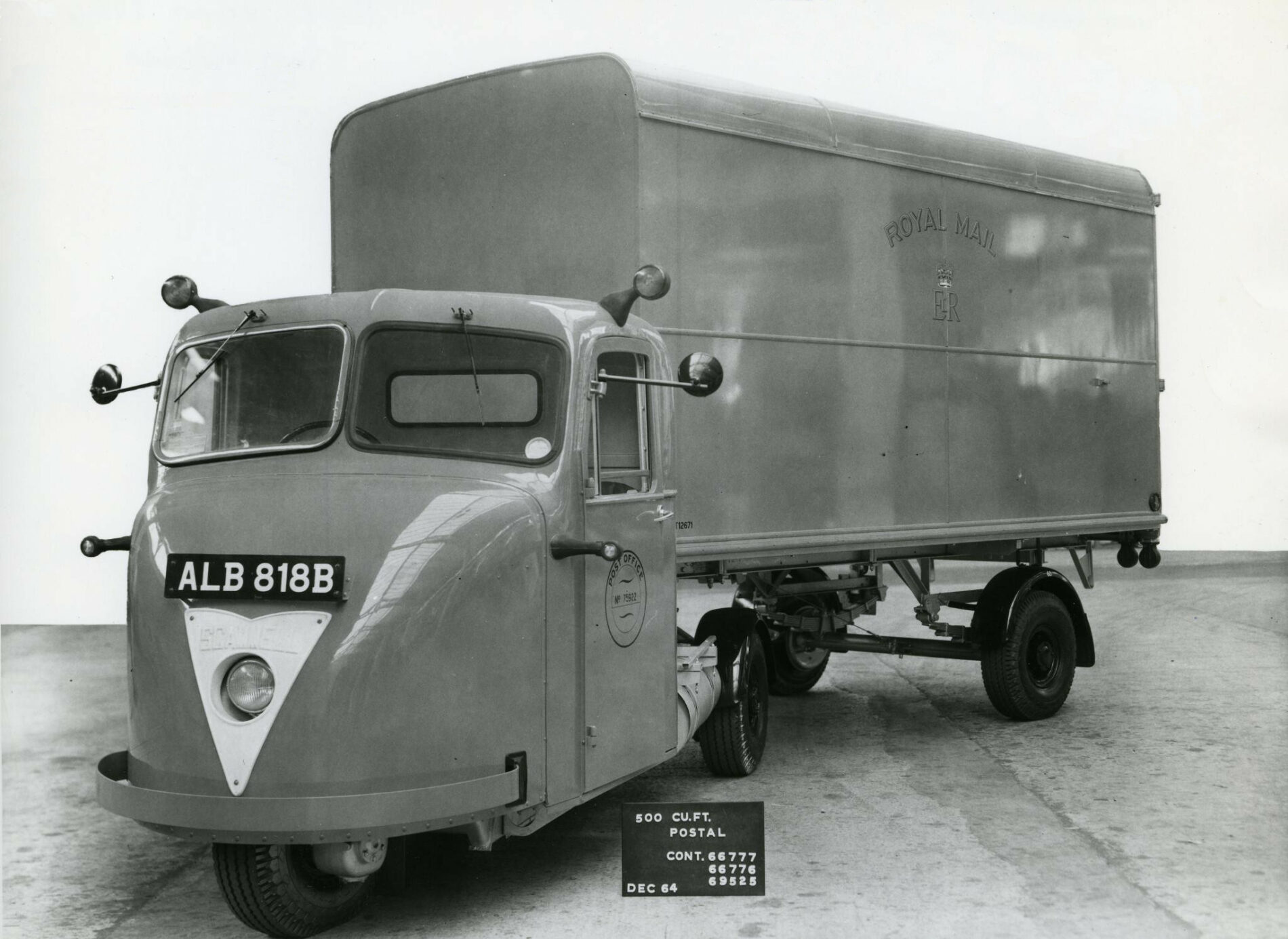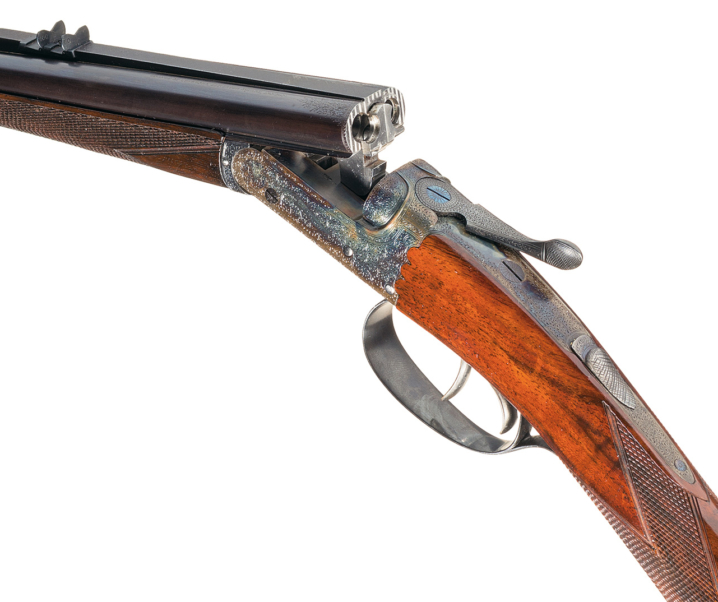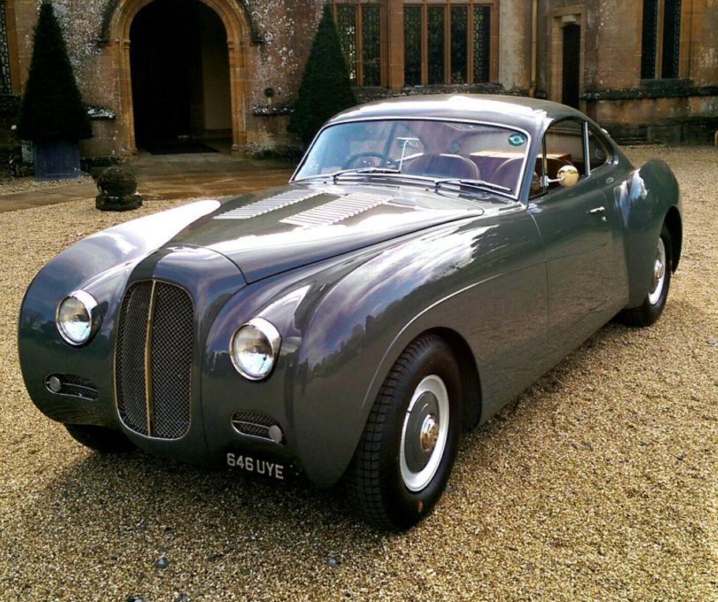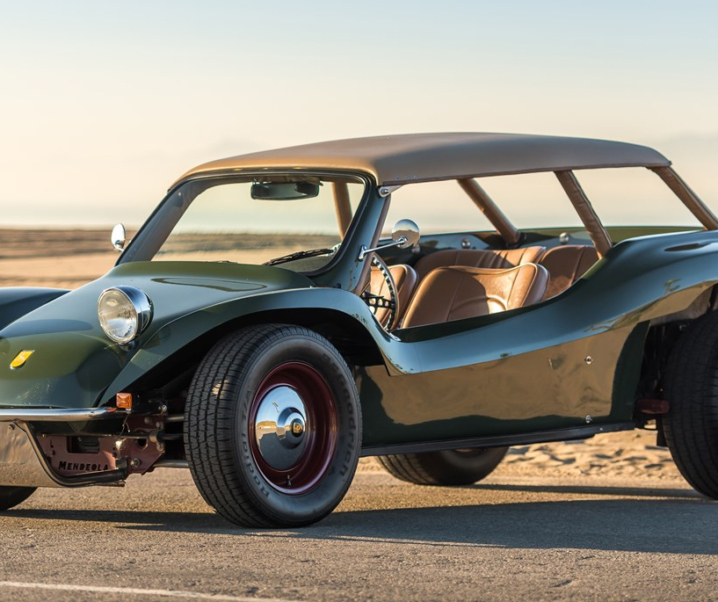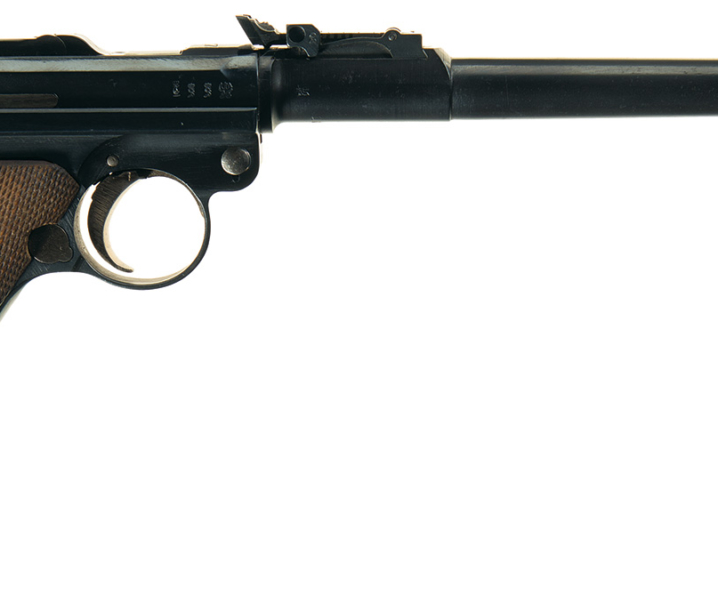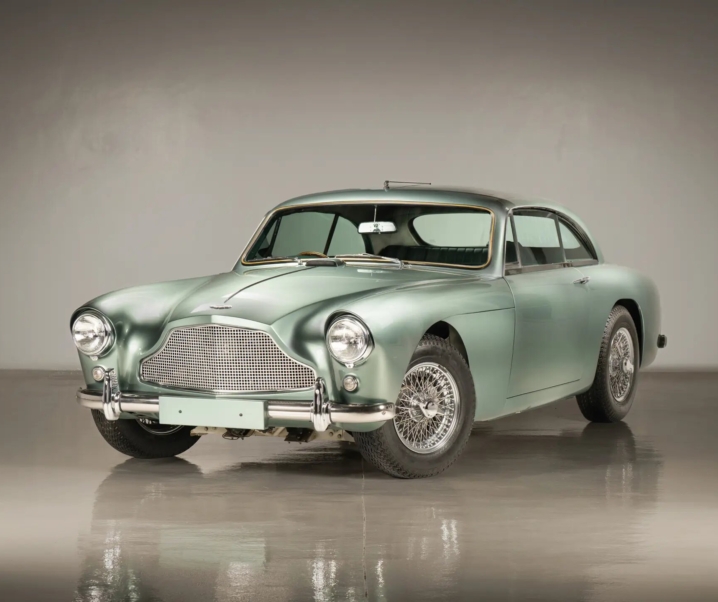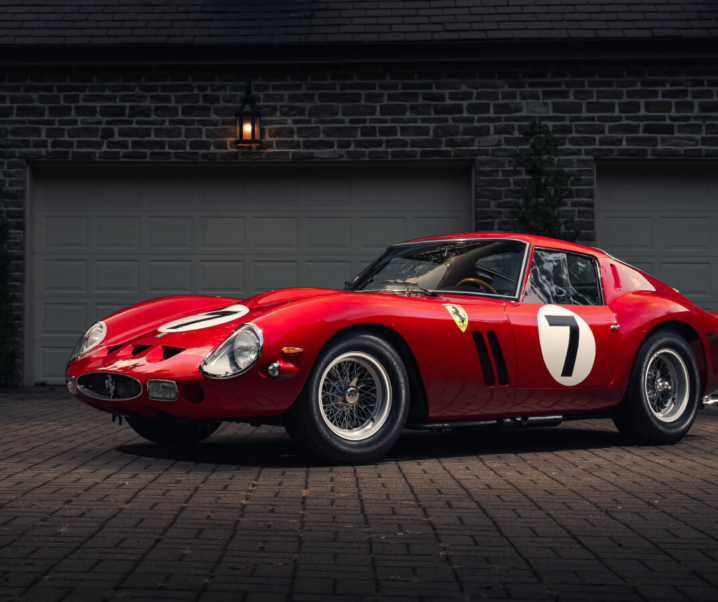The Scammell Scarab and its predecessor the Mechanical Horse were an imaginative solution to the problem of replacing horse transportation of commercial and industrial goods with motorised vehicles.
The Scammell Scarab provided extraordinary maneuverability with great adaptability such that they were extensively used by industries, the armed forces, municipal governments and health services.
These vehicles with their quite unique appearance were a ubiquitous presence on the streets of Britain and many overseas nations as well.
Fast Facts
- The idea for a “mechanical horse” to replace real horses for transport of goods began in the 1920’s and resulted in British commercial vehicle maker Scammell creating the first Mechanical Horse in 1934.
- After the Second World War Scammell decided that their Mechanical Horse could use some improvements. They improved the vehicle’s design and construction – moving from a wood framed cab to all pressed steel construction.
- The improved Mechanical Horse was dubbed the Scammell Scarab. It was made as a three wheel prime-mover or as a rigid light truck, and had a front bonnet/hood that made it look rather like a beetle.
- The Scammell Scarab was a great success and they became one of the lesser know icons of Britain during the 1950’s and 1960’s.
I was a child in England during the 1950’s, living near London. My father worked at the London Docks and as a child my brother and I were often taken to the docks on the weekend to explore ships, or to the train stations to look at the steam locomotives and the famous name trains, such as the Golden Arrow, the Blue Train, and the “Night Ferry”: trains that were heading off to exotic destinations such as Paris or the South of France and Monte Carlo.
Rather less glamorous were the slightly awkward looking mini-semi-trailer trucks that were used at the big railway stations in Britain at that time.
The prime-mover of these vehicles had three wheels, with the engine driving the rear wheels via a conventional live axle, and the nose of the prime-mover was shaped rather like the back of a beetle.
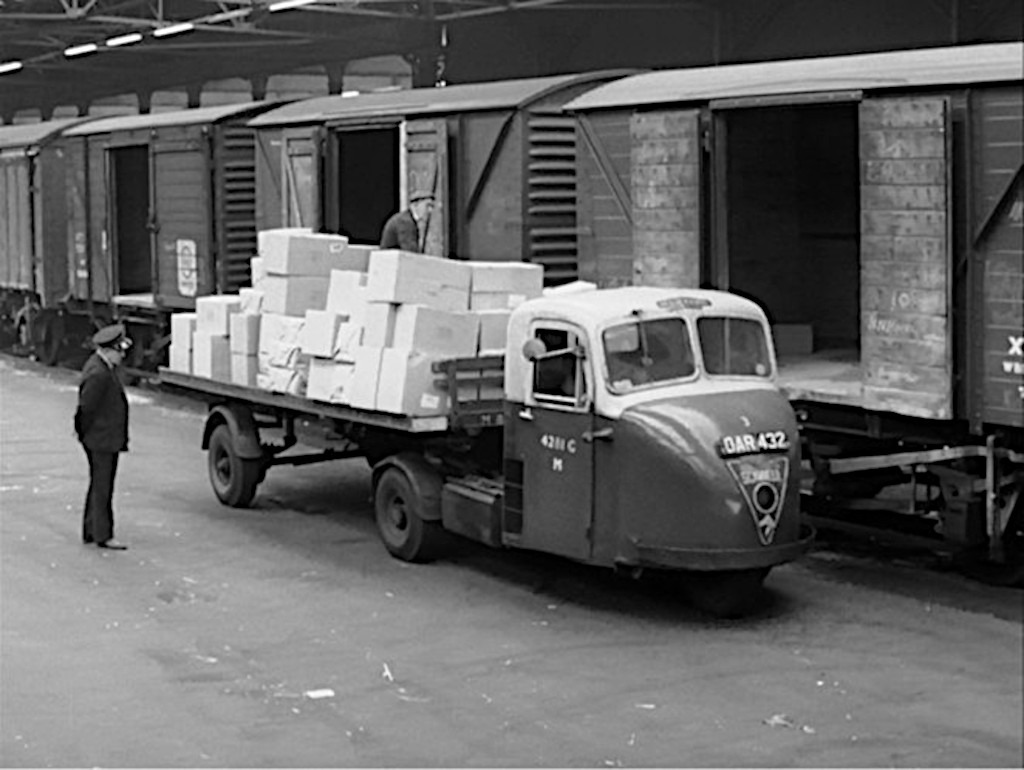
These mini-semi-trailer trucks were not created for highway cruising but instead for short distance delivery work, around railway stations, airfields, shipping docks, and narrow lanes and streets.
The idea for the creation of these rather odd looking machines had begun during the Depression years of the 1930’s, the years that led up to the outbreak of the Second World War at the end of that decade.
What may surprise the modern reader is that prior to the creation of motorized trucks the main motive power for short range cargo transport was horse drawn.
To put into perspective just how recent in history this was consider this: I was born in the early 1950’s. My maternal grandfather was a delivery driver for one of the London breweries, his wagon was hauled by a magnificent Clydesdale horse.
Meanwhile over in Australia my future wife’s father was still ploughing the farm using a horse drawn plough, and he would ride the horse who’s name was “Danny Boy” to school as a school age lad.
So horse drawn transport was very much the norm through the 1930s, 1940’s and 1950’s, it was very much the norm during my childhood years in London in the 1950’s.

The Mechanical Horse
By the 1920’s and 1930’s motor vehicle makers were looking to come up with useful vehicles powered by the internal combustion engine both to make work more efficient, and avoid the traffic hold-ups that a horse drawn wagon created when used on the road.
Motor vehicles powered by the “infernal combustion engine”, as it was then disparagingly often called, would indeed prove to be faster, cheaper to run, and more reliable than the good old horse. And sale of motor vehicles to replace the horses would of course make good money for the manufacturers of these motor vehicles.
The work on a vehicle that could replace the horse drawn wagons began in the Depression years of the early 1930’s with the design work done by engineering company and vehicle manufacturer Napier & Son.
Napier decided not to push ahead with the creation of such a utilitarian vehicle but truck maker Scammell were very interested in the design and so were able to purchase this “mechanical horse” design and get to work on perfecting it, and perfect it they progressively did.
Scammell engineer Oliver Danson North was the primary engineer to work on the design and was assisted by Alistair Moncreiff. It was most probably Moncreiff who came up with the idea for a detachable trailer system that would make it easy for the truck operator to drop-off and pick-up trailers. This system was to become one of the Scammell “Mechanical Horse” strong selling points.
The Scammell Mechanical Horse entered production in 1934 and its two outstanding features were its “automatic” trailer connect/disconnect, and its exceedingly good maneuverability, something it gained from its front wheel being able to be turned through a full 360 degrees: a single wheel being able to do what dual front wheels could not.
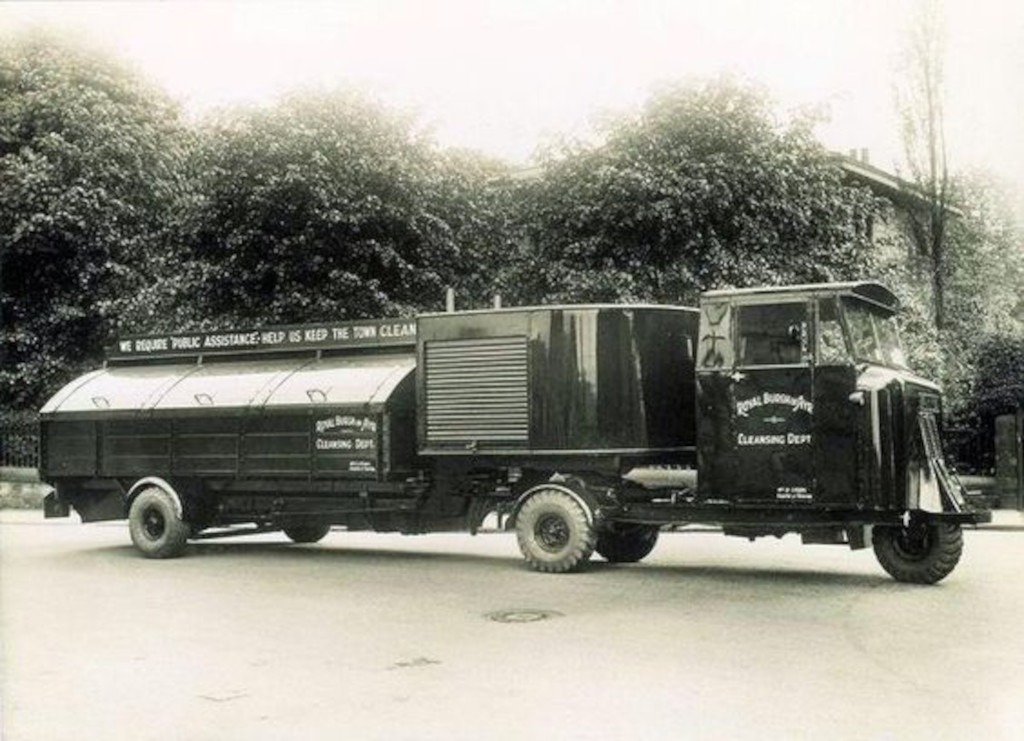
The Mechanical Horse was made in two versions: the three ton model was fitted with a 1,125 cc inline four cylinder petrol/gasoline engine while the six ton version was equipped with a 2,043 cc inline four.
This extraordinary steering gave the Scammell Mechanical Horse a twenty foot turning circle when it was fitted with a sixteen foot trailer.
The Scammell Mechanical Horse was built on a simple steel channel frame and was fitted with a wooden cab. In the 1930’s the frame of car bodies were typically made of wood, with sheet steel panels affixed to it. As a result the British car industry was one of the greatest users of timber in the country at that time.
Fuel consumption for the Mechanical Horse was also very economical with the vehicles typically delivering 16-20mpg.
The railways became one of the main adopters of the Scammell Mechanical Horse but these diminutive but capable mini-semi-trailers were also purchased by the armed services and saw use in airfields, military supply depots, and even on aircraft carriers.
The Mechanical Horse was so useful that the French decided they needed them also and so they made their own version which they called the Poney Mécanique. This truck was a bit different from its Scammell sibling in that it used a Citroën Traction Avant engine. This truck was made by FAR (Chenard-Walcker) under licence from Scammell.
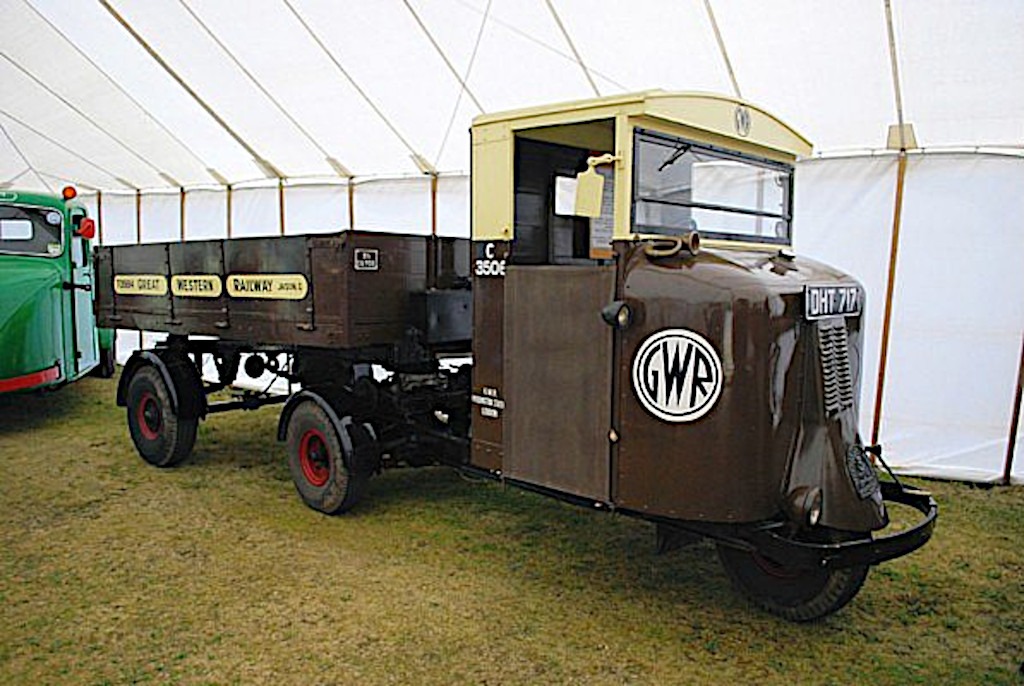
The Scammell Mechanical Horse remained in production up until the late 1940’s by which time Scammell had made 14,000 of them.
The Scammell Scarab
In the post-war period Scammell knew they needed to create an all steel improved Mechanical Horse, one that retained all the features of the Mechanical Horse, but which was more durable.
The design did not differ in concept from the highly successful Mechanical Horse but did feature refinements and much improved durability.
The new model was dubbed the Scammell Scarab and it’s bonnet/hood bore a passing resemblance to the wing covers of a beetle.
The idea that the Scarab was named after the Egyptian Scarab beetle gained some traction and with some merit. But the name was an imaginative play on words: it included the “Sc” of the name “Scammell” and combined it with the most noble of all the horse family, the Arab: so it was the “Scammell Arab mechanical horse”.
The bonnet/hood badge of the Scammell Scarab featured an Arab horse’s head emblem.
The Scammell Scarab was built on a pressed steel channel chassis with a pressed steel body which featured a roof made using the pressings for the Bedford Type O truck. It was made in 3 ton and 6 ton versions, and as either a prime-mover or rigid truck. All versions were powered by a 2,010 cc inline four cylinder petrol/gasoline engine driving the rear wheels via a single dry plate clutch, four speed manual gearbox, and conventional solid rear axle with differential.
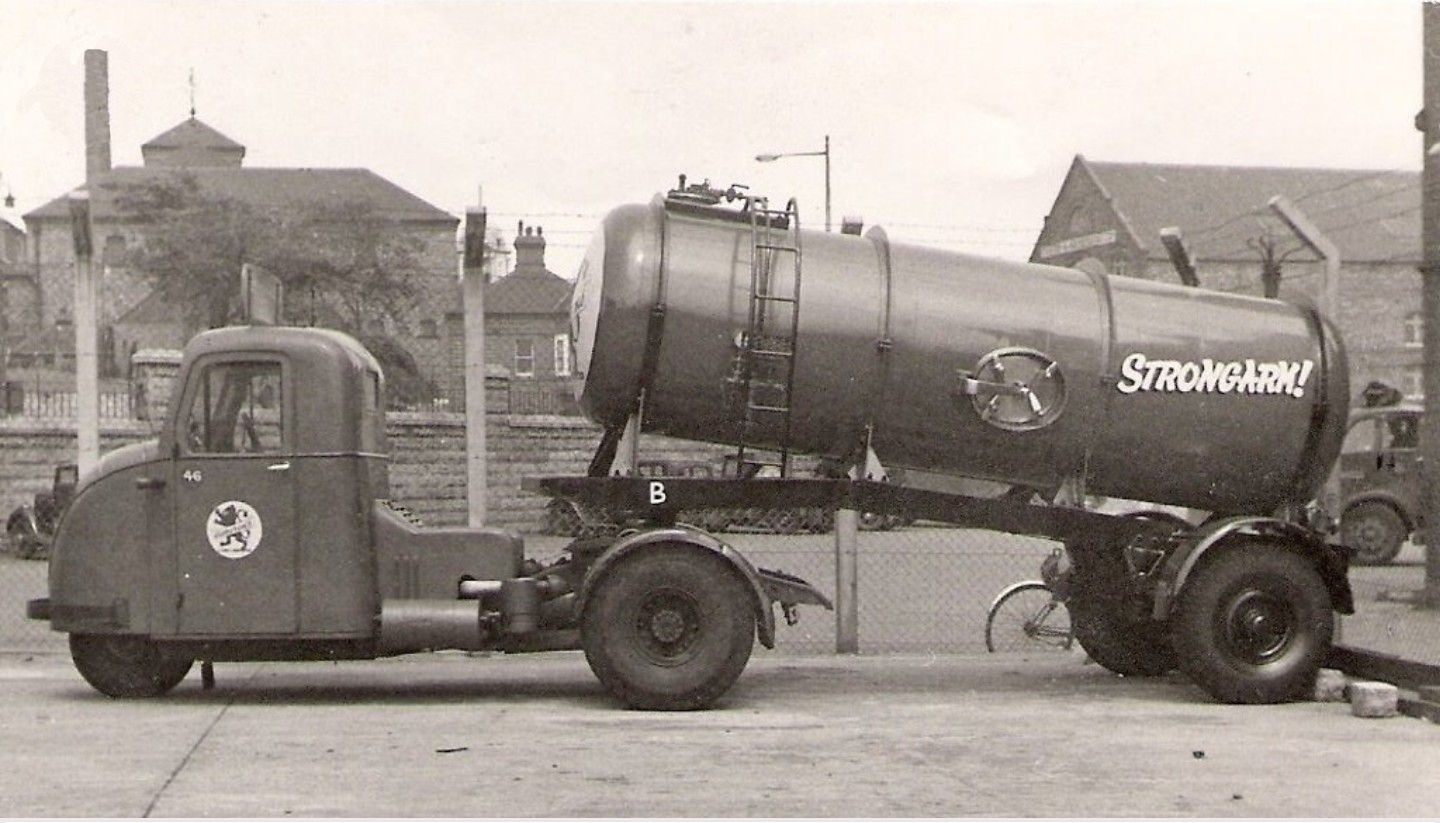
The 2,010 cc petrol engine produced 45 bhp @ 3,200 rpm and torque of 93 lb/ft @ 1,800 rpm.
In the interests of improved fuel economy some operators decided to fit a diesel engine of comparable power and torque. The engine of choice was commonly a Perkins P4 four cylinder engine which produced 55 bhp @ 2,400 rpm with torque of 134 lb/ft @ 1,350 rpm.
In installing the Perkins P4 it was necessary to alter the final drive ratio to suit the lower revving diesel. So the 11.23:1 final drive of the petrol engine transmission was changed to a 7.5:1 unit.
The final drive was by a double-reduction ‘rear axle which featured a spiral-bevel primary reduction and spur-gear secondary reduction.
The other main alteration in the diesel conversion was the moving of the fourteen Imperial gallon fuel tank from the right side of the vehicle to the left of the chassis frame: this being done to keep the length of the fuel lines as short as possible, which was important for the mechanical fuel injection system.
This conversion produced excellent improvements in fuel economy of the order of 75-125% depending on driving conditions and driver technique.
The brakes of the Scarab were drums mounted in the rear wheels of the prime mover, and in the wheels of the semi-trailer, the front wheel did not have a brake. These brakes were mechanically actuated, and used a Clayton Dewandre vacuum servo.
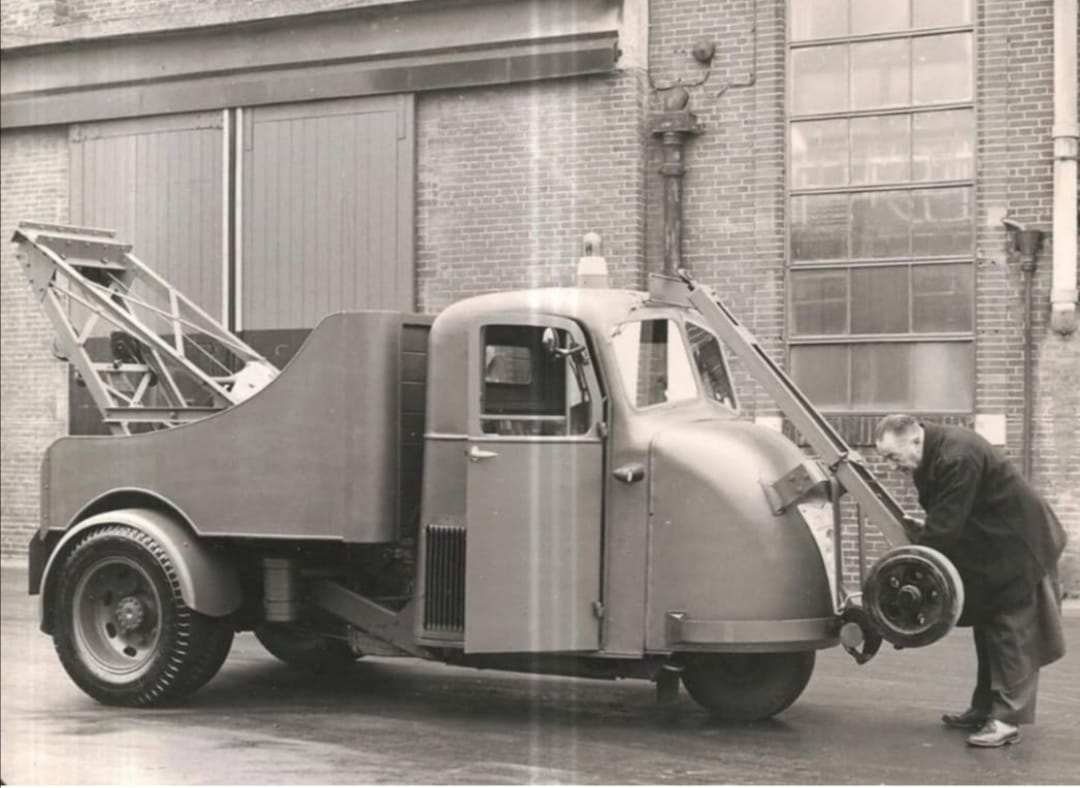
The steering of the Scarab was by a skew gear system.
The front suspension was by two concentric coil springs with oil dampers while the rear axle was a live axle with leaf springs.
The mounting of the engine and gearbox was a bit unusual. The engine and transmission unit was supported at its front such that it could move in response to the movements of the rear beam axle. The system functioned rather like a torque tube.
The engine was located between the driver and passenger seating positions and as it was located between the front and rear axles could be described as a “mid-engine”. It was designed for easy maintenance and the engine could be removed by two men in about an hour.
The Scammell Scarab was made in quite a variety of configurations as one would expect of such an industrial vehicle.
As a semi-trailer the trailer types included:-
- Refuse containers, sometimes with a moving floor to assist with garbage management.
- Refuse skip systems that could load and unload skips.
- Road sweeper and collector.
- Gully emptier and/or cesspool emptier – to empty street drains of water and sludge and/or pump out cesspools.
- Street washer, spraying, flushing tanker/sprayer with 1,250 Imperial gallon tank capacity.
- Frameless tankers.
Additionally there were a plethora of custom designed and built trailers created for whatever industrial task solutions were needed.
The promotional film produced by Scammell illustrates the vehicle, its operation, and capabilities with old fashioned British succinctness.
This copy of the film courtesy the Classic Vehicle Channel
The Scammell Scarab remained in production until 1967. It fulfilled a niche area of need superbly and thus it was a great success for Scammell.
The end for Scammell’s “mechanical horse” came as both the road and commercial environment changed, finally rendering the mechanical horse obsolete just as the live horse had been partly made obsolete by the Scammell Scarab.
Now consigned to the memories of those of us who lived through this time in history and to museums the Scammell Scarab is now a bit of a forgotten hero. It was a tribute to British imaginative design and engineering.
Picture credits: Feature image at the head of this post courtesy the British Postal Museum. All others as individually credited.
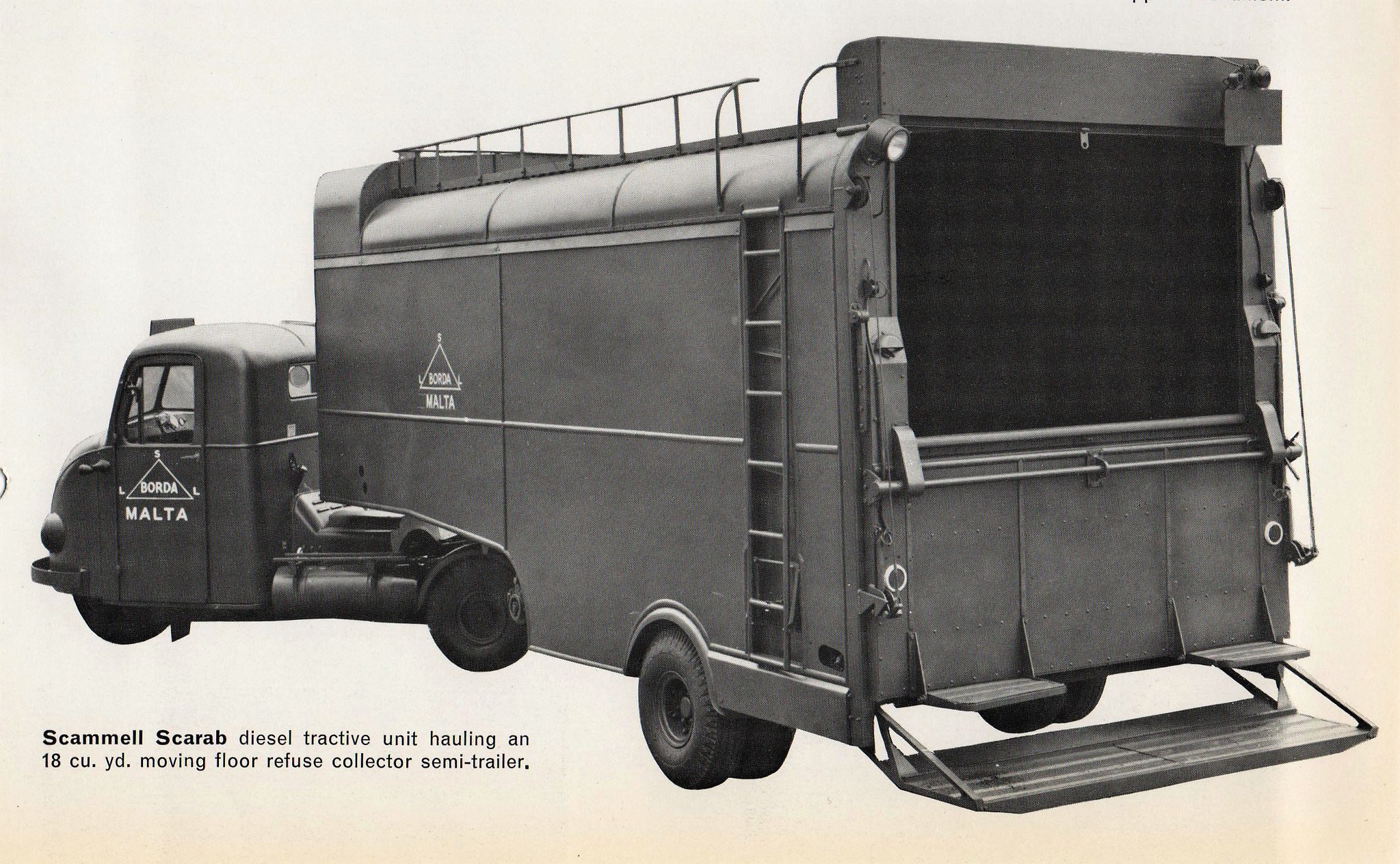

Jon Branch is the founder and senior editor of Revivaler and has written a significant number of articles for various publications including official Buying Guides for eBay, classic car articles for Hagerty, magazine articles for both the Australian Shooters Journal and the Australian Shooter, and he’s a long time contributor to Silodrome.
Jon has done radio, television, magazine and newspaper interviews on various issues, and has traveled extensively, having lived in Britain, Australia, China and Hong Kong. His travels have taken him to Indonesia, Israel, Italy, Japan and a number of other countries. He has studied the Japanese sword arts and has a long history of involvement in the shooting sports, which has included authoring submissions to government on various firearms related issues and assisting in the design and establishment of shooting ranges.

